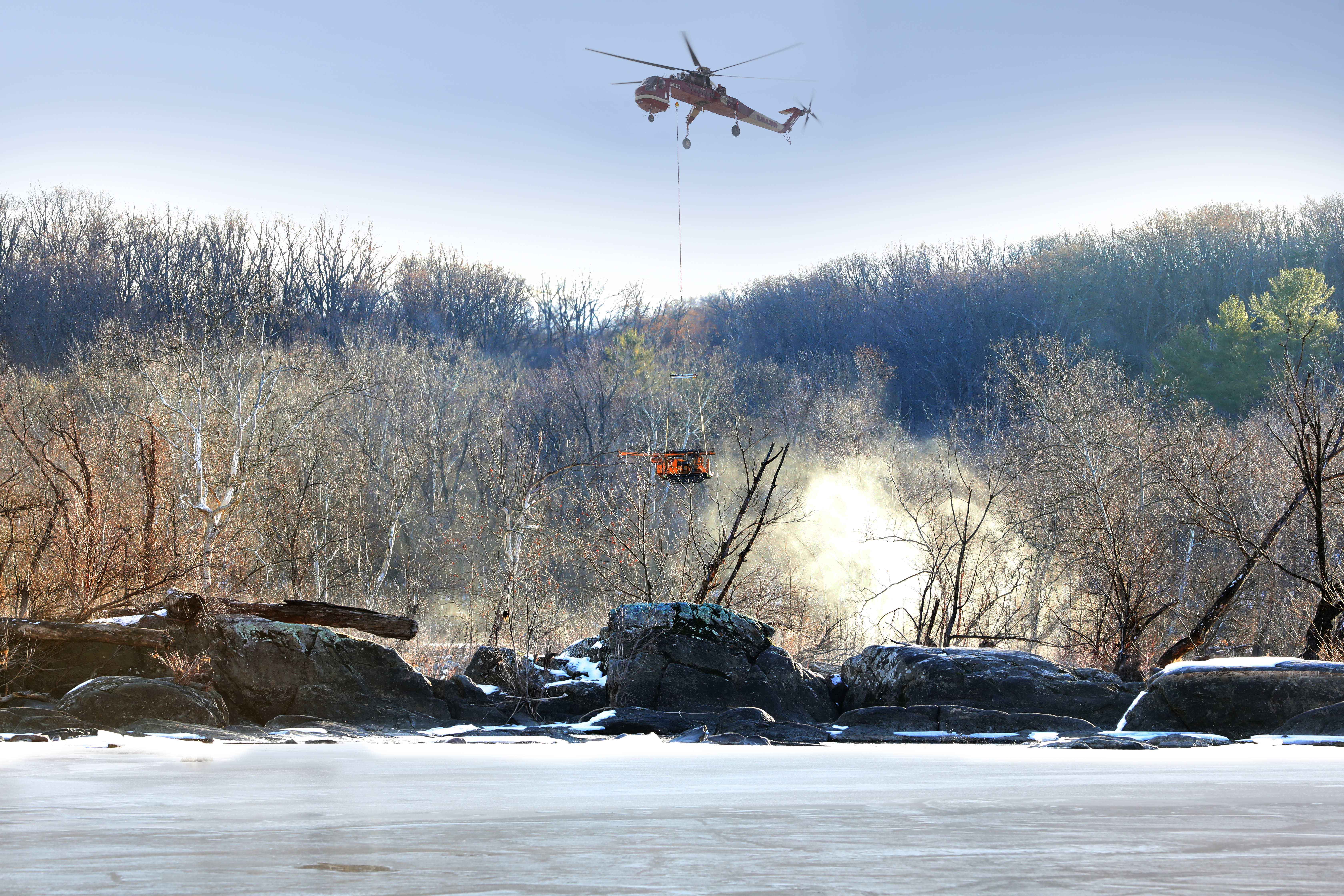Some compounds that are not regulated against by the EPA are currently being studied for their presence in drinking water sources and treated drinking water. These substances are referred to as emerging compounds. Due to advances in testing and monitoring technology, and the possible increase in the sources of these compounds, their detection at levels smaller than ever before is now possible. Scientists monitor the presence of these constituents and continue to investigate the implications on humans and aquatic species in the water supply.
The levels at which most of these compounds are found in water are very small in comparison and their presence does not necessarily pose a risk to humans. However, sensitive subpopulations may be at greater risk from exposure to these compounds and should consult their healthcare providers for additional guidance.
Emerging Compound Testing
DC Water and many other water utilities across the country monitor unregulated compounds as required by EPA's fourth Unregulated Contaminant Monitoring Rule (UCMR4). Arlington County monitored the Washington Aqueduct's treated drinking water for several unregulated compounds from March 2018 through June 2018. DC Water began monitoring at the same site starting in July 2018 through October 2018.
Review DC Water’s drinking water quality report for complete water quality information.
The current compounds being monitored for under UCMR4 include cyanotoxins and haloacetic acids. Emerging compounds also include pharmaceuticals, personal care products and endocrine disrupting chemicals. Endocrine Disrupting Compounds (EDCs) are chemicals that interfere with the action of natural hormones responsible for reproduction, development and behavior. Examples include pesticides, herbicides and natural and synthetic hormones. Pharmaceuticals (P) are prescription and over-the-counter medications for animals and humans. Personal Care Products (PCPs) are common personal hygiene products such as lotions, fragrances and cosmetics. Together these compound are referred to as EDCs and PPCPs.
Reducing the presence of emerging compounds
Although advanced treatment technologies may be useful in minimizing exposure to these chemicals, the most effective approach is to reduce the presence of these contaminants in our source water. DC Water works closely with regional stakeholders through the Potomac Drinking Water Source Protection Partnership to address the problem of emerging compounds in our drinking water supply.
If you have questions or concerns regarding the quality of your water, please contact the Drinking Water Division at 202-612-3440.


